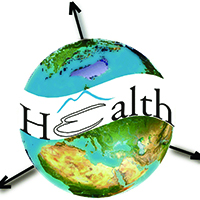Determining the association between dengue and social inequality factors in north-eastern Brazil: A spatial modelling

All claims expressed in this article are solely those of the authors and do not necessarily represent those of their affiliated organizations, or those of the publisher, the editors and the reviewers. Any product that may be evaluated in this article or claim that may be made by its manufacturer is not guaranteed or endorsed by the publisher.
Authors
Dengue is a global public health problem. The Dengue Virus (DENV) serotypes are transmitted by an Aedes aegypti mosquito. Vector control is among the primary methods to prevent the disease, especially in tropical countries. This study aimed to analyze the spatial distribution of dengue and its relationship with social inequalities using spatial modelling. An ecological study with temporal and spatial analysis was conducted in the state of Sergipe, Northeast Brazil, over a period of 18 years. Spatial modelling was used to determine the influence of space on dengue incidence and social inequalities. The epidemic rates in 2008, 2012, and 2015 were identified. Spatial modelling explained 40% of the influence of social inequalities on dengue incidence in the state. The main social inequalities related to the occurrence of dengue were the percentage of people living in extreme poverty and inadequate sanitation. The epidemic situation even increased the risk of dengue in the population of the state of Sergipe. These results demonstrate the potential of spatial modelling in determining the factors associated with dengue epidemics and are useful in planning the intersectoral public health policies.








